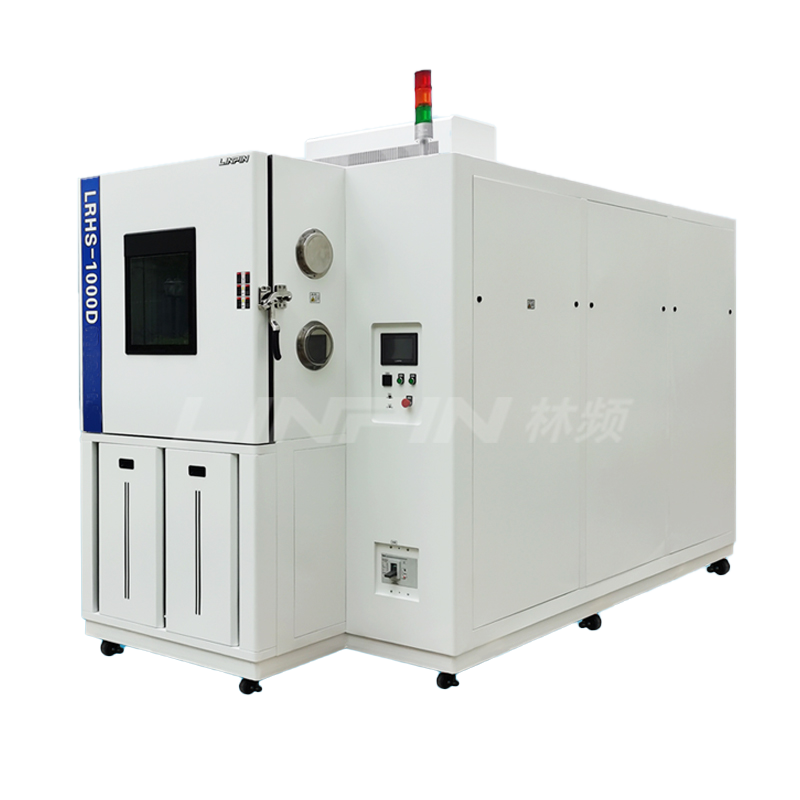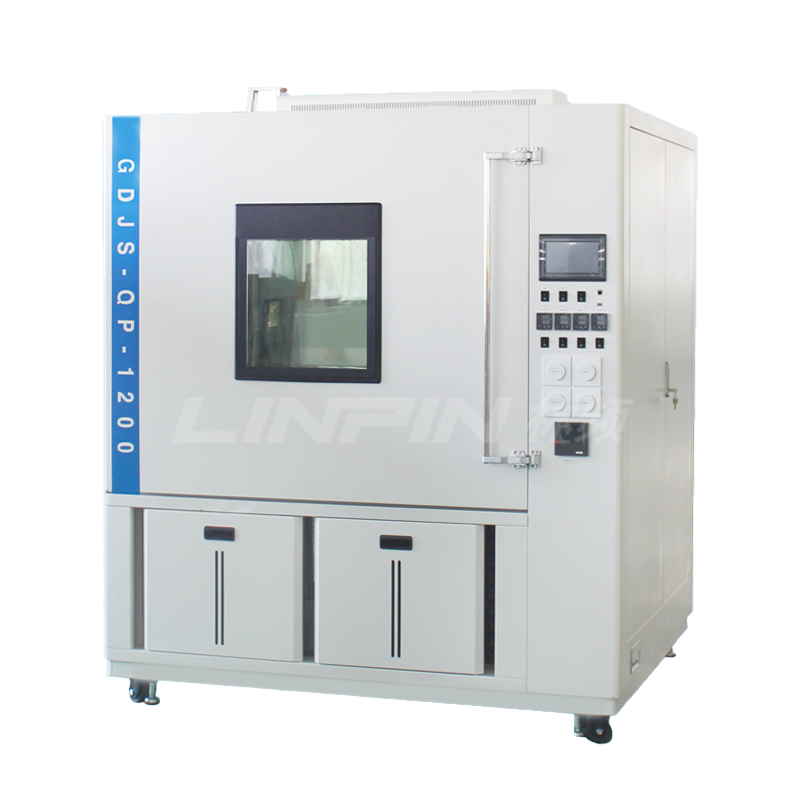Reasons for Pressure Control Instability in High-Low Temperature and Low-Pressure Test Chambers.
Author:LINPIN Update Time:2025-03-21 Source:LINPINThe high-low temperature and low-pressure test chamber is equipment used to simulate extreme temperature and low-pressure environments, widely applied in product development and testing for aerospace, military, and related industries. However, unstable pressure control may occasionally occur during operation, potentially leading to inaccurate test results and equipment malfunctions. Below are key factors contributing to unstable pressure control:
1. Design and Manufacturing Quality
The inherent design and manufacturing quality of the equipment may be primary causes. Substandard materials or improper structural design during production can compromise airtightness, hindering stable pressure control. Additionally, insufficient precision in sensors or delays in the control system’s responsiveness may result in pressure fluctuations.

2. Environmental Factors
Ambient conditions significantly impact pressure stability. Temperature and humidity variations in laboratories or workshops where the chamber operates can affect sensor accuracy. For instance, temperature fluctuations may introduce sensor errors, while airflow disturbances or vibrations in the environment could disrupt pressure regulation.
3. Operator Proficiency and Practices
Operator skill and adherence to protocols play a critical role. Inexperienced personnel or deviations from operational guidelines—such as frequent parameter adjustments or improper handling—may destabilize pressure control. Insufficient training or negligence in maintenance procedures could further exacerbate issues.
Conclusion
Unstable pressure control in high-low temperature and low-pressure test chambers may stem from equipment design flaws, environmental interference, or operational errors. To ensure stability, manufacturers must prioritize quality control in design and production, install equipment in controlled environments, and provide comprehensive operator training. Addressing these factors will enhance pressure control reliability, ensuring accurate and dependable test outcomes.





